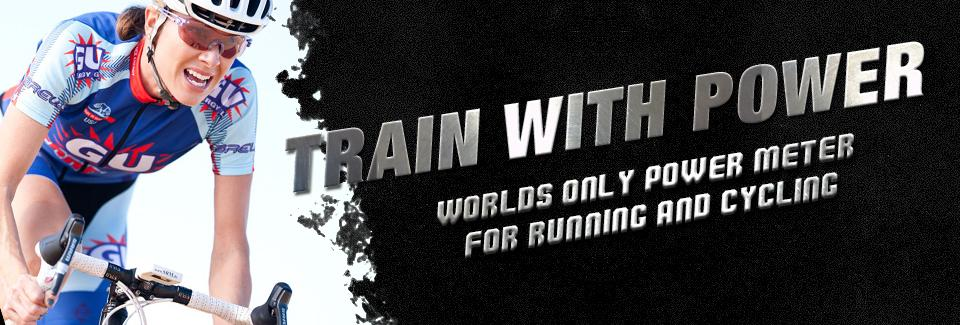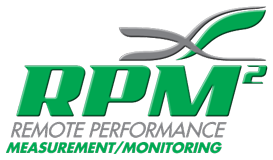Author's details
Date registered: December 20, 2013
Latest posts
- RPM2 Partner Dotsie Bausch | TEDx Talk: Olympic Level Compassion — November 28, 2016
- Update: Alison Tetrick RPM2 Product Testing — November 21, 2016
- RPM2 Sponsored Team, Cylance Pro Cycling Updates — November 14, 2016
- RPM2 Offers Incomparable Value and Quality — November 5, 2016
- RPM2 Footbeds: Frequently Asked Questions — October 22, 2016








